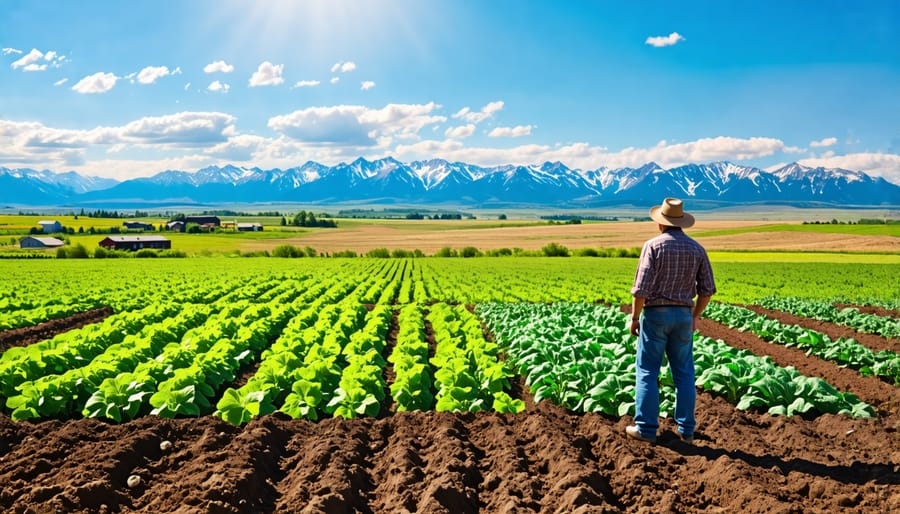Switching to organic farming can seem daunting, but the rewards for both the environment and the farmer are immense. Here's a step-by-step guide to ease your transition:
1. Understand Organic Standards
Before making any changes, familiarize yourself with organic certification standards in your region. These guidelines will shape every aspect of your farming process.
2. Start Small
Transitioning an entire farm at once can be overwhelming. Start with a small plot to experiment with organic methods, gain experience, and observe outcomes.
3. Build Healthy Soil
Organic farming thrives on soil fertility. Use compost, green manure, and crop rotations to enrich the soil and promote biodiversity. Avoid synthetic fertilizers.
4. Embrace Natural Pest Control
Introduce beneficial insects, plant companion crops, and use natural sprays like neem oil to manage pests. Maintaining a balanced ecosystem will reduce pest outbreaks.
5. Choose Organic Seeds
Opt for certified organic seeds or untreated, non-GMO varieties. These seeds are adapted to thrive without chemical inputs, ensuring better yields.
6. Focus on Crop Rotation
Rotating crops prevents nutrient depletion and disrupts pest cycles. For example, alternating legumes with grains enriches the soil with nitrogen naturally.
7. Invest in Training
Attend workshops, connect with other organic farmers, and stay updated on the latest techniques. Networking can also open doors to markets and resources.
8. Prepare for the Transition Period
It usually takes 2-3 years for land to be certified organic. During this time, you can market your produce as “transitional” and build a customer base.
9. Diversify Your Income
Integrate multiple crops or add livestock to diversify income streams. This approach reduces risks and creates a resilient farming system.
10. Market Your Produce
Organic products often fetch higher prices. Leverage local farmers’ markets, direct-to-consumer sales, or organic cooperatives to maximize profits.
The journey to organic farming is a commitment to sustainability and health. By taking it one step at a time, you’ll join a growing movement that benefits both people and the planet.
